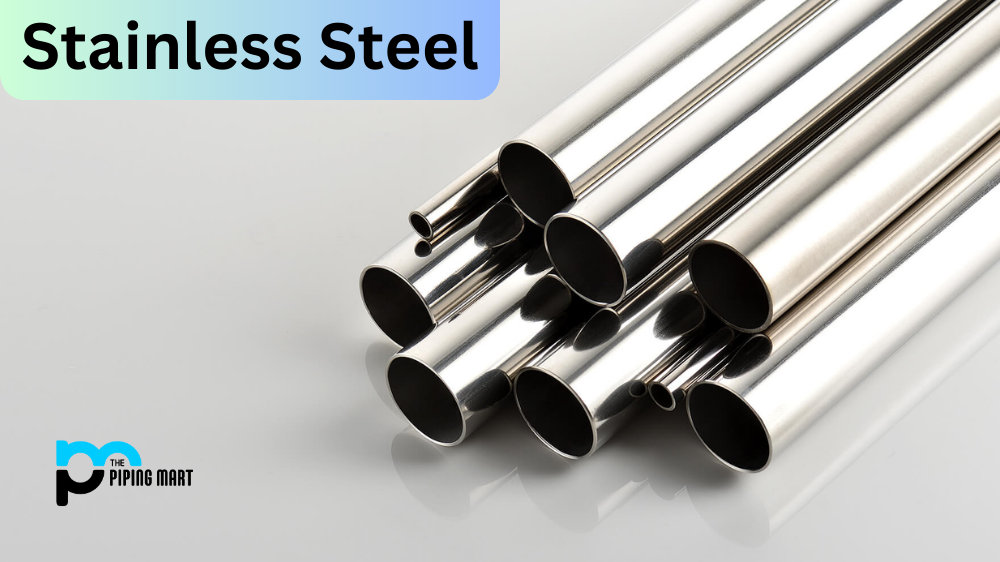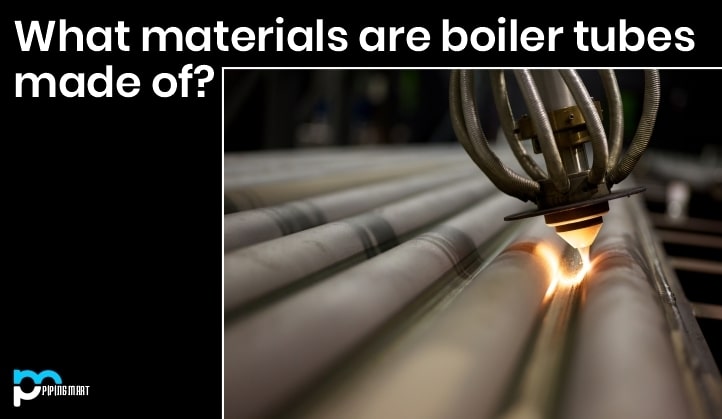Stainless steel is popular for various applications thanks to its corrosion-resistant properties. However, not all stainless steel is created equal, so understanding corrosion resistance is crucial when selecting a grade for specific applications. In this blog, we will explain corrosion and how it occurs and highlight factors that affect corrosion resistance in stainless steel.
What is Stainless Steel?
Stainless steel is a type of metal alloy that has become essential in our daily lives. It is composed of iron, chromium, and other elements such as nickel and molybdenum, giving it unique properties. This versatile material is used in various industries due to its remarkable strength, durability, and resistance to corrosion.
One of the major advantages of stainless steel is its high resistance to rust and corrosion. This is due to chromium in the alloy forming a thin layer on the surface when exposed to oxygen or moisture, preventing further oxidation. This makes it ideal for applications where hygiene and sanitation are crucial, such as medical equipment, food processing plants, and kitchen appliances.
The strength and durability of stainless steel are also noteworthy features that have made it highly sought after in the construction industry. It can withstand extreme temperatures without warping or bending, making it perfect for structural use. Its robustness makes it suitable for outdoor structures such as bridges and monuments.
Apart from its functional uses, stainless steel has also become popular for aesthetic purposes due to its sleek appearance that adds a touch of elegance wherever it’s used. From modern architectural designs to stylish home decor items, stainless steel brings a sense of sophistication wherever it’s incorporated.
In addition to these qualities, stainless steel is also environmentally friendly, as it can be recycled indefinitely without losing quality or performance. In an era where sustainability is paramount, this aspect has led many industries to opt for stainless steel over other materials.
What is Corrosion?
Corrosion refers to the breakdown of a metal surface due to external factors such as moisture, oxygen, and other chemicals. This process can cause visible damage, such as rust, which weakens the material. Corrosion is often the result of a reaction between the metal and the surrounding environment. While there are various types of corrosion in stainless steel, the most common is pitting corrosion, which is localized corrosion that leads to pits on the surface.
Factors that Affect Corrosion Resistance in Stainless Steel
Several factors impact corrosion resistance in stainless steel. These include the chemical composition, surface finishing, environment the steel operates in, temperature, and mechanical stress. The chemical composition is the most important factor affecting corrosion resistance in stainless steel. Grades containing more chromium and nickel are more corrosion-resistant than those with typical lower grades. Stainless steel with a higher molybdenum content also has enhanced corrosion resistance and can handle more aggressive environments.
Types of Stainless Steel
Different types of stainless steel are available, including Austenitic, Ferritic, Martensitic and Duplex. Austenitic stainless steel is the most popular in the market and is the most corrosion-resistant. It contains 18% chromium and 8% nickel and can contain molybdenum, which gives it excellent corrosion resistance properties. Ferritic stainless steel is another popular type but is less corrosion-resistant than austenitic. It is also less expensive and more magnetic. Martensitic and Duplex stainless steel have higher strength than Austenitic and Ferritic but are also less corrosion-resistant.
Caring for Stainless Steel
To ensure maximum corrosion resistance, taking care of stainless steel is essential. Regular cleaning and maintenance are necessary to prevent surface contamination or heavy chemical deposits. Stainless steel can become contaminated by contact with other metals or even casual contact with an unclean surface. The surface can also suffer from crevice corrosion and stress corrosion if it needs to be adequately cared for. Regular cleaning and proper storage can prolong the life of stainless steel and maintain its corrosion-resistant properties.
Conclusion:
In conclusion, understanding corrosion resistance is crucial when working with stainless steel. Different grades of stainless steel have varying levels of corrosion resistance, and selecting the right type for the intended application is crucial. Maintenance and care also play a significant role in maintaining the corrosion-resistant properties of stainless steel. Considering all these factors, you can invest in stainless steel that will last a lifetime.




